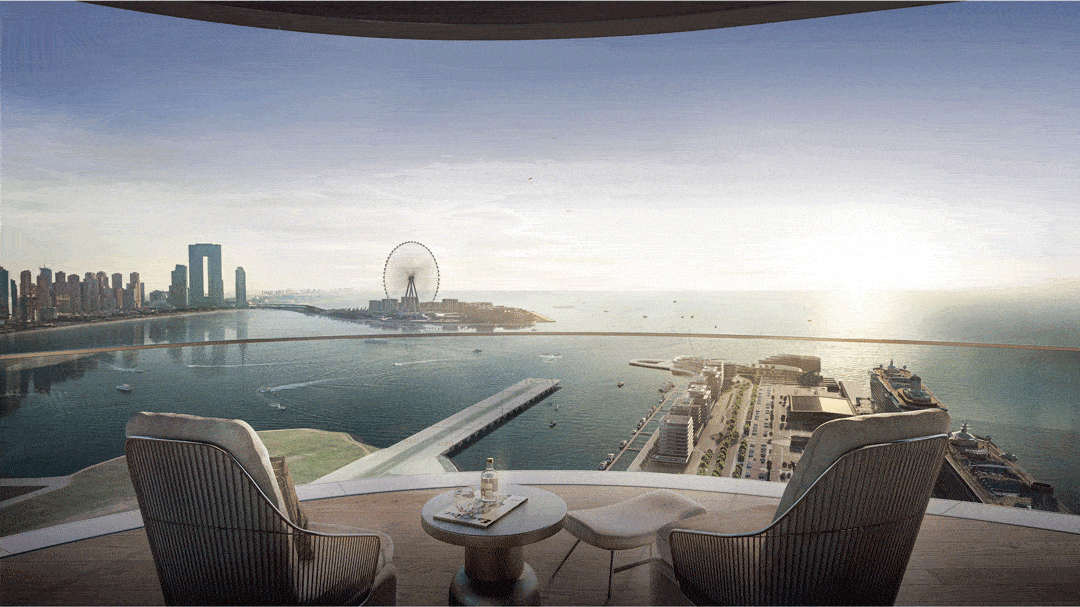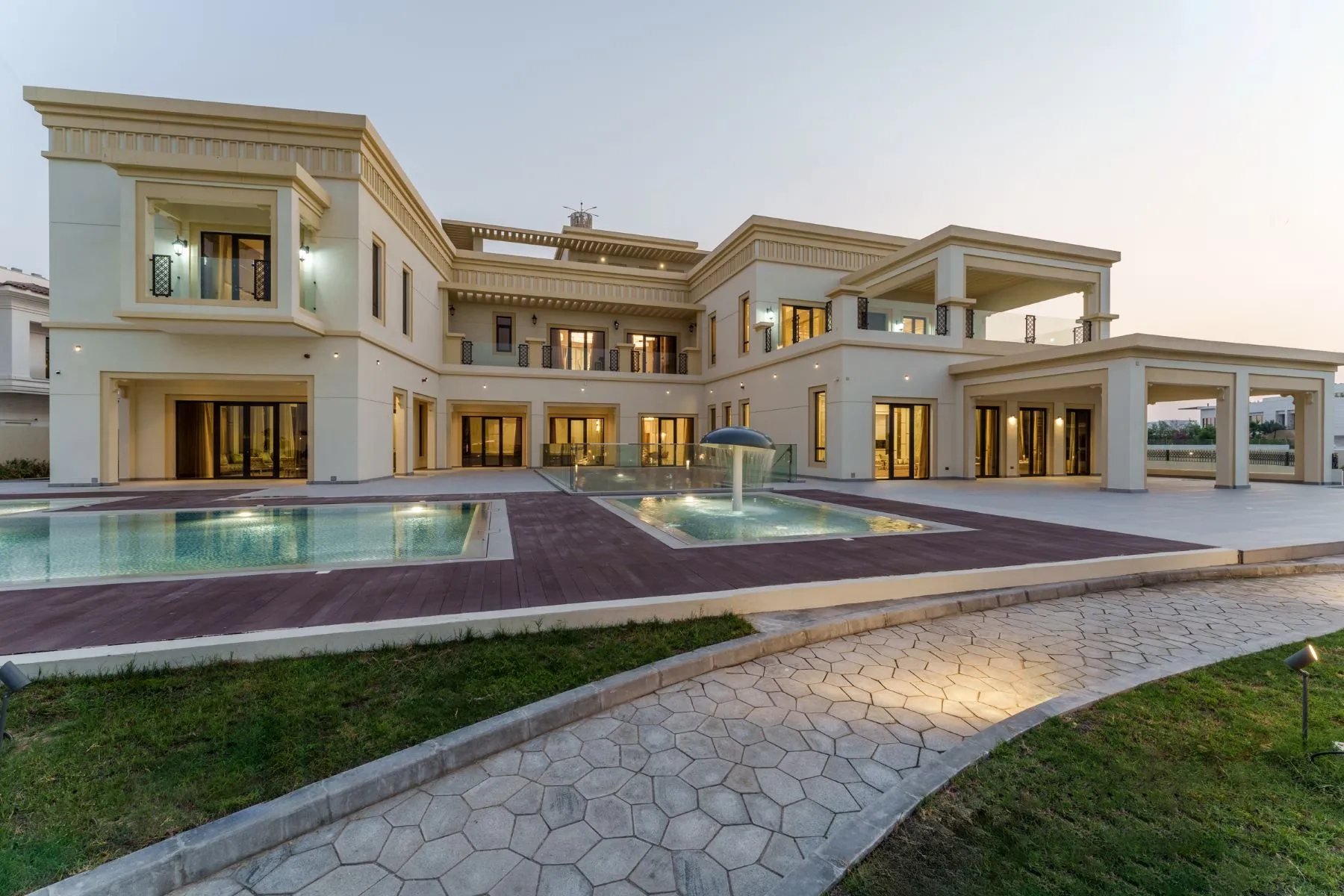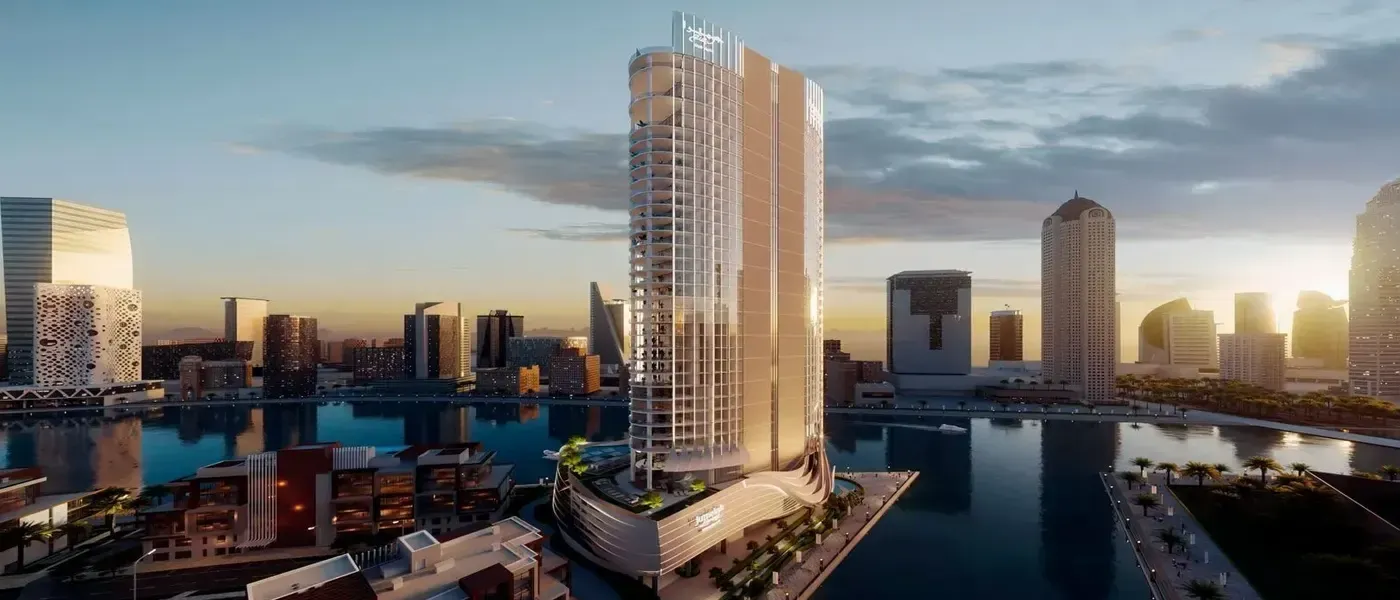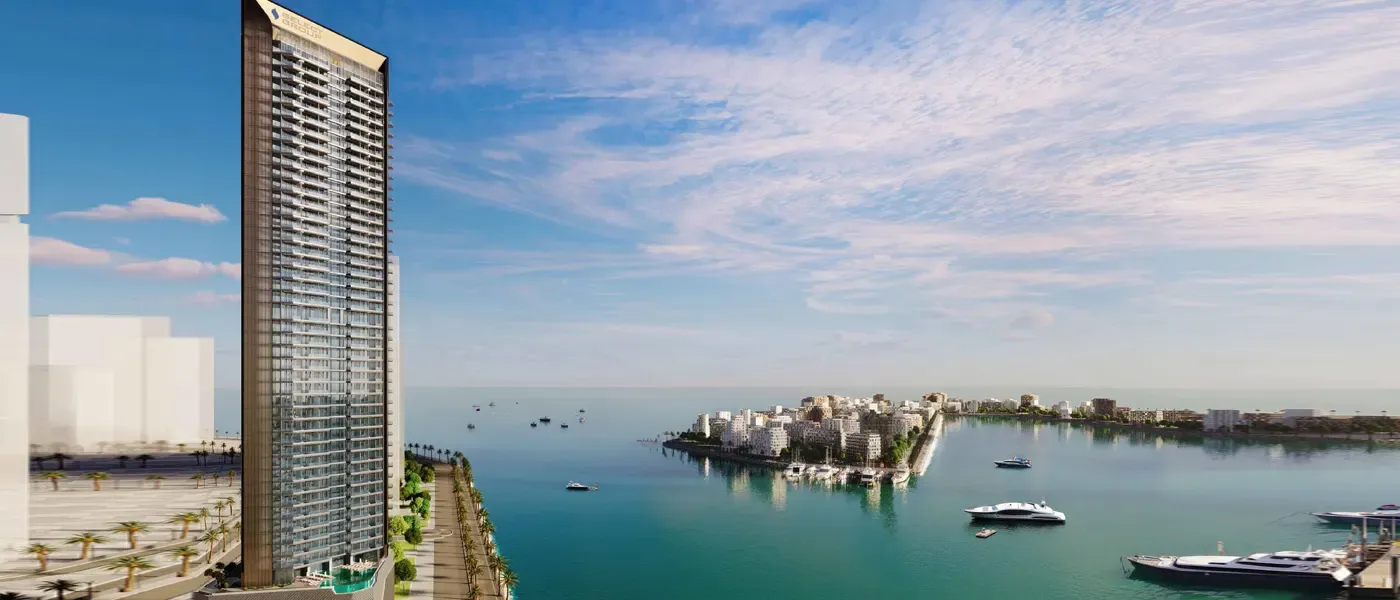
The Future of Real Estate Exploring Smart Homes and Sustainability
The world of real estate is undergoing a transformative shift, driven by technological advancements and a growing emphasis on sustainable living. Smart homes and sustainable practices are no longer futuristic concepts; they are shaping the future of the real estate industry. In this blog, we'll delve into the exciting realm of smart homes and sustainability, exploring how these trends are revolutionizing the way we live, work, and interact with our living spaces
The Rise of Smart Homes
What Are Smart Homes?
Smart homes, often referred to as "homes of the future," are dwellings equipped with advanced technology and automation systems that enhance residents' comfort, convenience, security, and energy efficiency. These systems can be controlled remotely via smartphones, tablets, or voice commands.
Key Features of Smart Homes:
Let’s dive into some of the most popular and a trending key features of Smart homes:
Home Automation: This involves the use of technology to control various aspects of a home environment, enhancing convenience and efficiency. Some important aspects of home automation include:
- Lighting Control: Smart lighting systems allow you to remotely control lights, adjust their brightness, and even change their colour using a smartphone app or voice commands. This can create personalized lighting scenes for different occasions.
- Climate Control: Smart thermostats enable precise control of heating and cooling systems. They learn your preferences and adjust the temperature based on your schedule, occupancy, and weather conditions, leading to energy savings.
- Appliance Control: With smart plugs and switches, you can remotely control and automate appliances such as coffee makers, fans, and even irons. This helps you manage energy usage and schedules effectively.
- Home Entertainment: Smart home systems can integrate with audio and video devices, allowing you to control your entertainment systems with a single remote or voice command.
Security and Surveillance: Smart homes offer advanced security features that enhance the safety of your living space:
- Smart Cameras: Indoor and outdoor cameras with motion detection and night vision capabilities enable remote monitoring of your property. Some cameras even have facial recognition to differentiate between known and unknown individuals.
- Doorbell Cameras: Video doorbells provide real-time video and audio communication with visitors at your doorstep. They also offer motion alerts and recorded footage.
- Motion Sensors: These sensors detect movement and can trigger actions such as turning on lights or sending alerts to your smartphone, enhancing security.
- Smart Locks: Keyless entry systems enable you to lock and unlock doors remotely. You can also grant temporary access to guests or service providers.
- Security System Integration: Smart homes can integrate with comprehensive security systems, including alarm systems that notify you and authorities in case of breaches.
Energy Efficiency: Smart homes promote energy conservation and reduce utility bills through various features:
- Smart Thermostats: These devices learn your behaviour and adjust heating and cooling to minimize energy waste.
- Smart Lighting: Lighting systems can be automated to turn off when rooms are unoccupied or adjust brightness based on natural light availability.
- Energy Monitoring: Smart meters provide real-time data on energy consumption, enabling you to identify and reduce wasteful energy practices.
- Appliance Management: Some smart appliances can operate in energy-saving modes or be scheduled to run during off-peak hours when electricity rates are lower.
Voice Assistants: Integrated voice-controlled assistants have become a central aspect of smart homes:
- Voice Commands: Voice assistants like Amazon Alexa, Google Assistant, and Apple Siri allow you to control various devices and systems using natural language commands.
- Task Automation: Voice assistants can automate tasks like setting reminders, playing music, providing weather updates, and even ordering groceries.
- Information Access: These assistants can answer questions, provide news updates, and offer general information through voice queries.
- Smart Home Control: Voice assistants can control other smart devices in your home, such as adjusting thermostats, dimming lights, and locking doors.
Benefits of Smart Homes:
- Convenience: Remote control and automation simplify daily routines.
- Energy Savings: Optimized energy use leads to reduced utility costs.
- Security: Real-time monitoring enhances home security.
- Accessibility: Smart features make homes more accessible to people with disabilities.
The Role of Sustainability
The real estate industry is increasingly prioritizing sustainability to address environmental concerns and meet evolving consumer preferences. Sustainable practices encompass energy efficiency, eco-friendly construction materials, and reduced carbon footprints.
Key Aspects of Sustainable Real Estate:
- Energy-Efficient Design: Incorporating energy-efficient features like solar panels and well-insulated windows.
- Green Building Materials: Using sustainable materials like bamboo flooring and recycled insulation.
- Waste Reduction: Minimizing construction waste and promoting recycling.
- Water Conservation: Installing low-flow fixtures and utilizing rainwater harvesting systems.
Benefits of Sustainable Real Estate:
Let's delve deeper into the benefits of sustainable real estate, expanding on how each of these factors contributes to a more holistic understanding of the advantages.
Environmental Impact: Sustainable real estate practices have a positive impact on the environment by reducing energy consumption and minimizing greenhouse gas emissions:
- Energy Efficiency: Buildings designed with energy-efficient features, such as proper insulation, efficient heating, ventilation, and air conditioning (HVAC) systems, and smart lighting, consume less energy. This helps decrease the demand for fossil fuels and reduces the carbon footprint associated with energy production.
- Renewable Energy Integration: Incorporating renewable energy sources like solar panels or wind turbines on properties generates clean energy on-site, further reducing reliance on non-renewable energy sources.
- Reduced Emissions: Energy-efficient buildings emit fewer greenhouse gases, contributing to climate change mitigation and a healthier environment.
Cost Savings: Sustainable real estate leads to long-term cost savings for both property owners and occupants:
- Lower Utility Bills: Energy-efficient buildings have reduced energy and water consumption, leading to lower utility bills for occupants. Over time, these savings can be substantial.
- Maintenance and Operations: Sustainable buildings are often designed with durable and low-maintenance materials, resulting in reduced repair and maintenance costs over the building's lifecycle.
- Resilience to Price Fluctuations: By producing their own renewable energy and reducing reliance on external energy sources, sustainable buildings are less susceptible to energy price fluctuations.
Health and Well-being: Sustainable real estate focuses on creating healthier indoor environments for occupants:
- Improved Indoor Air Quality: Sustainable buildings use materials and finishes that emit fewer volatile organic compounds (VOCs), enhancing indoor air quality and promoting better respiratory health.
- Natural Lighting and Ventilation: Well-designed sustainable buildings prioritize natural lighting and ventilation, which contribute to occupant well-being and productivity.
- Thermal Comfort: Proper insulation, energy-efficient windows, and smart climate control systems ensure consistent and comfortable indoor temperatures.
Market Demand: As environmental consciousness grows, there is an increasing demand for sustainable real estate among buyers and tenants:
- Attracting Environmentally Conscious Consumers: Many homebuyers and renters prioritize properties that align with their environmental values. Sustainable features can make a property more appealing and boost its market value.
- Regulatory and Certification Incentives: Incentives such as tax breaks, grants, and certifications (e.g., LEED or ENERGY STAR) are often available for sustainable building projects, making them more financially attractive to developers.
- Future-Proofing: As sustainability becomes a mainstream concern, properties with eco-friendly features are likely to remain desirable and hold their value better over time.
Synergy Between Smart Homes and Sustainability
Smart homes and sustainability are converging to create more efficient and eco-friendly living spaces. Smart technology enhances sustainability efforts by optimizing energy use and providing real-time data on consumption patterns.
Examples of Synergy:
- Smart Thermostats: These devices learn occupants' preferences and adjust heating and cooling to save energy.
- Energy Monitoring: Smart meters provide real-time energy consumption data, encouraging efficient usage.
- Solar Integration: Smart homes can intelligently manage solar energy production and consumption.
The Future Landscape
Following are some of the innovation to look out for:
- Internet of Things (IoT) Integration: More devices will connect seamlessly, creating a unified smart ecosystem.
- Health-Centric Smart Homes: Advanced sensors will monitor air quality and alert residents to potential hazards.
- Renewable Energy Integration: Homes will integrate renewable energy sources like solar and wind power.
Final Thought
The future of real estate is an exciting blend of innovation and responsibility. Smart homes and sustainable practices are transforming the way we inhabit spaces, enhancing our comfort, security, and environmental consciousness. As technology continues to evolve and environmental awareness deepens, smart and sustainable homes will become the norm, offering us a brighter, greener future. Whether you're a homeowner, renter, or investor, embracing these trends can lead to a more efficient and eco-friendly way of living.
Carousel Post:
Cover: Sneak Peek into the Future of Real Estate with Smart Homes & Sustainability
Slide 2 (Introduction):
Real estate is evolving with technology and sustainability. Smart homes and eco-living are shaping our future.
Let's dive into this exciting transformation!
Slide 3 (The Rise of Smart Homes):
The Rise of Smart Homes
Homes with advanced tech for comfort, security, and energy efficiency.
Features: Home automation, security, energy efficiency, voice assistants.
Benefits: Convenience, energy savings, enhanced security.
Slide 4 (The Role of Sustainability):
The Role of Sustainability
Sustainable practices in real estate: Energy efficiency, green materials, waste reduction.
Benefits: Environmental impact, cost savings, better health, market demand.
Slide 5 (Synergy Between Smart Homes and Sustainability):
Synergy: Smart Homes & Sustainability
Smart tech enhances sustainability by optimizing energy use.
Examples: Smart thermostats, energy monitoring, solar integration.
Slide 6: CTA
Curious to Know More About the Synergy of Smart Homes and Sustainability?
Click the link the caption for the complete blog!
Related Post

Your Dubai Houses Search Guide
Dubai Houses: Discover Your Ideal Home Find your ideal houses... Read More

The Ultimate Guide to Renting vs Buying Making the Right Choice for You
The Ultimate Guide to Renting vs. Buying Making the Right Choice... Read More

The Future of Real Estate Exploring Smart Homes and Sustainability
The Future of Real Estate Exploring Smart Homes and Sustainability The world... Read More



